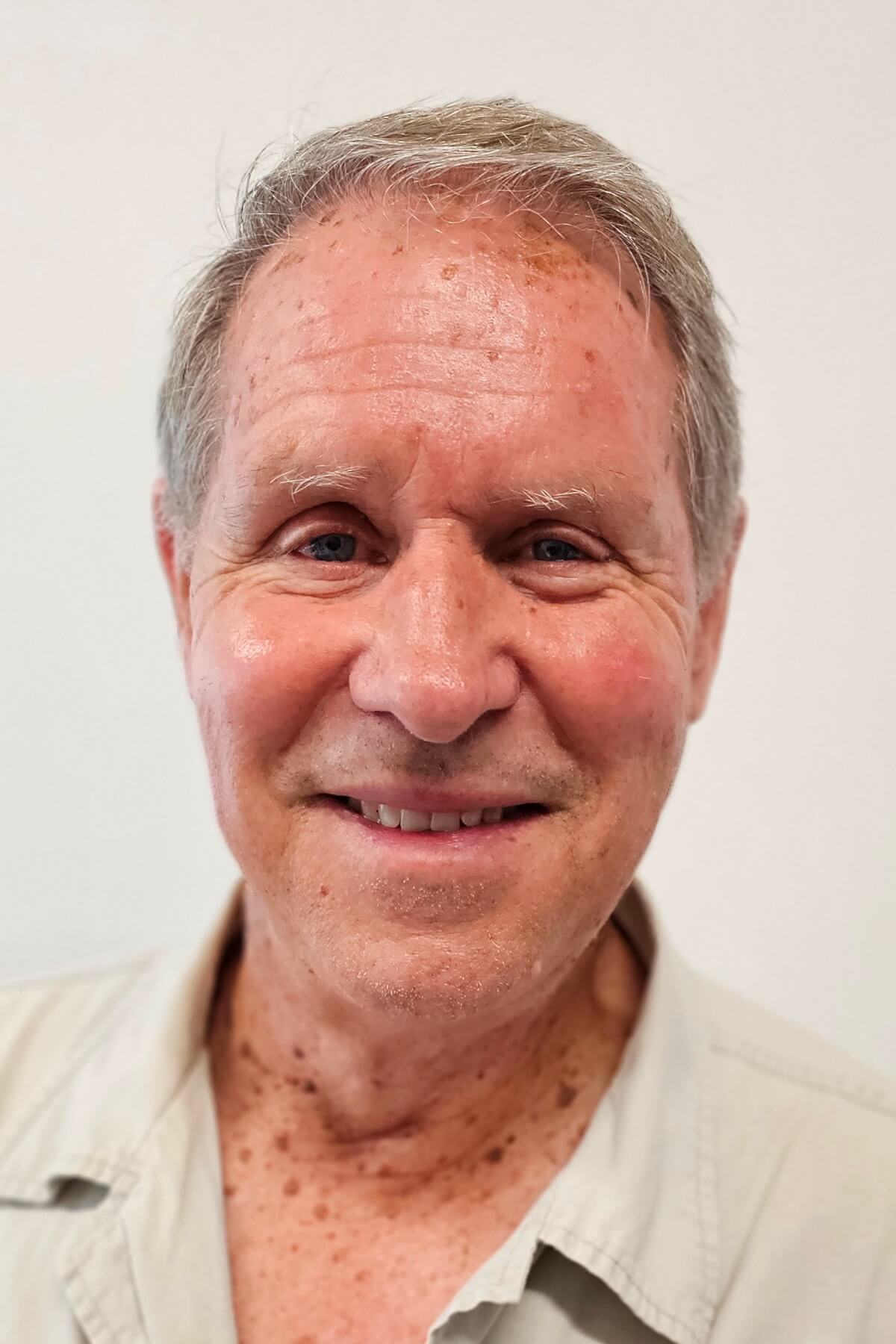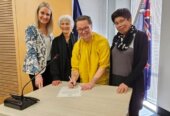
The Bible
After arriving in Cambridge as a ‘refugee’ from Auckland almost 25 years ago, I set about learning what I could about the history of Waikato and environs – my new home. Hours in our local Library in those early months was enlightening, together with countless meaningful conversations setting me on a path of discovering how much I have to learn.

Murray Smith
It’s enriching yet disturbing becoming informed of events which unfolded from the time centuries ago, when a great canoe grounded on the west coast sands of Kawhia. The Tainui had navigated Te Moana-nui-a-Kiwa (the Pacific Ocean), to be hauled over the Tamaki isthmus from the eastern Waitemata Harbour, across to the Manukau harbour on the western coast. This canoe carrying the first immigrants of whom we have any record, made its way down the West Coast, to arrive at Kawhia.
These first Tainui people penetrated inland forested hill country by foot, exploring and naming the prominent features of the landscape as they went… Maungatautari, Maungakawa, the Waipa and Waikato valleys.
Tainui found rich, habitable land with strategic geography, prompting many sections of the tribe to establish themselves here. Over years, disputes and feuds meant the various sub-tribes spread themselves throughout the wider Waikato region- south to Tirau, across to Te Aroha and into the district known as Hau-raki (Thames Valley).
It’s been stated that later developments of tribal wars, invasions and violent bloodshed between 1818 and 1840 claimed loss of life “almost unparalleled in any country.” (Travers, Life and Times of Te Rauparaha, NZ Institute, Vol 5,1872). Wars between the Thames and Waikato tribes which boiled over in the Battle of Taumata-wiwi (near Cambridge) in1830, originated in family unpleasantness where minor sleights festered for decades. Offences were held over the years which produced feuds and unrelenting quests for utu (revenge).
In every age, some people give much in pursuit of a goal. To me, Alfred Nesbit Brown (1803-1884) a young Anglican missionary, is one of those. He left the Church Missionary Society station at Paihia in February 1834 and explored the Waikato to establish a mission outpost among Māori tribes. Four months of travel led to Matamata, where in April 1835, a mission station was established at the headquarters of Te Waharoa, a fiery, battle-hardened Ngati-Haua chief. Their arrival was among the first recorded contact between pakeha and Māori in the region.
Immersing themselves in Te Reo, Brown and his wife sought to effectively share Te Ronga Pai – The Good News – referring to the Christian message. Despite the ‘hard ground’, Brown’s influence grew throughout Waikato. In 1838 Te Waharoa died and his son Tarapipipi, better known as Wiremu Tamehana embraced Christian faith. Urging his people to forsake and “quieten the spirit of Te Waharoa”, to “follow Wairua Tapu the Spirit of peace”, the impact of Tamehana’s life as ‘King Maker’ and a man of peace is enduring.
Brown advocated for Māori interests over English colonialism, greedy unscrupulous pakeha traders and settlers demonstrating neither capability or willingness to see things through Māori eyes. Later having assured Māori that Te Tiriti O Waitangi would protect their sovereignty, he was ‘thrown under the bus’ by the Crown’s treacherous land confiscations and other unrelenting breaches.
Alfred Brown showed us imperfect people can make a difference.








